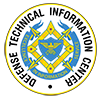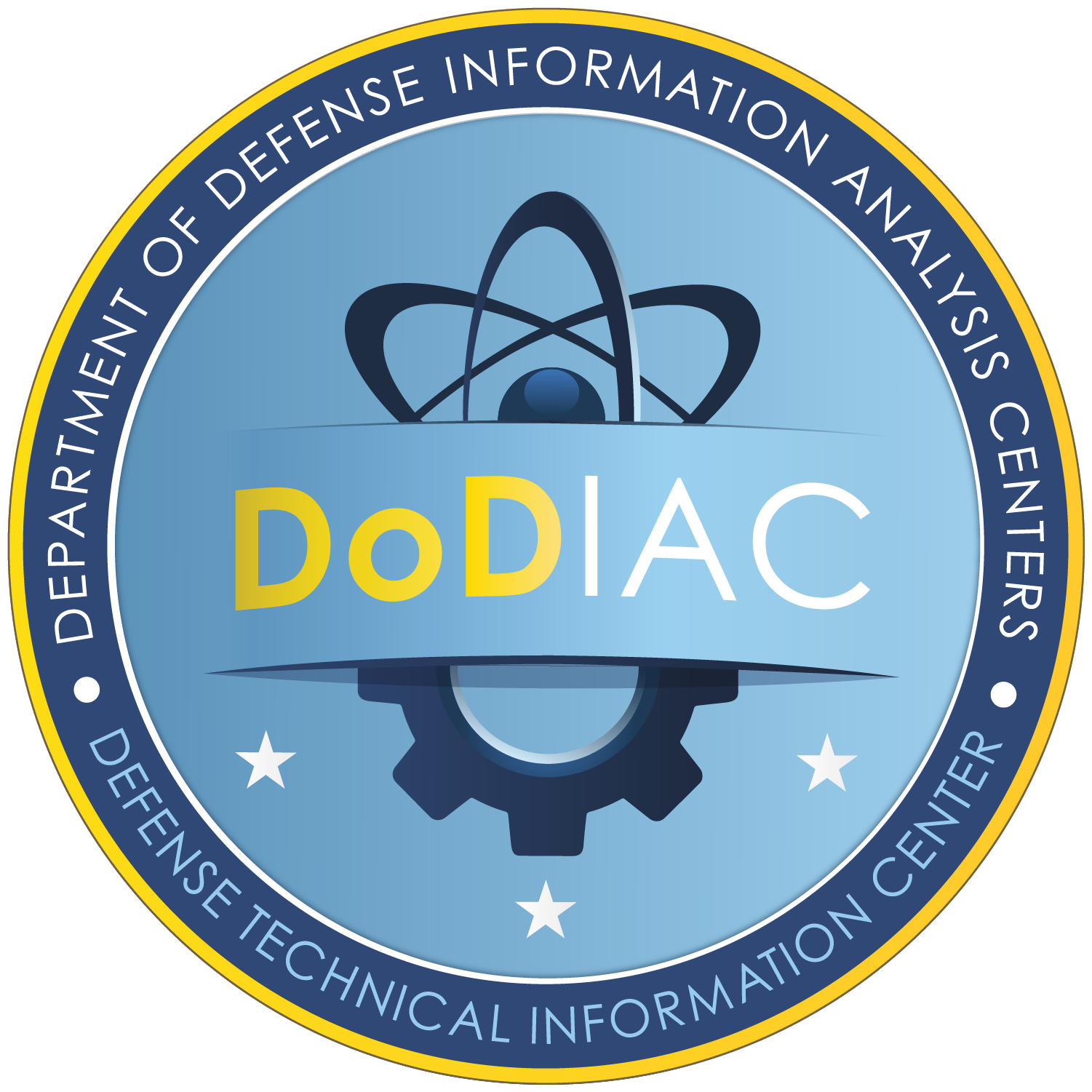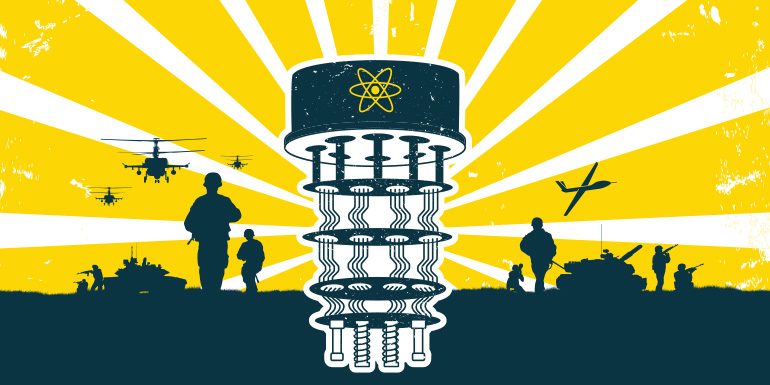Summary
Today’s battlefield includes all types of equipment, manned and unmanned. However, in the future, battles will be relatively quiet, yet lightning fast in operations and outcomes. For example, in a remote training site, the U.S. Army is practicing the use of newly developed quantum machine-learning (QML)-enabled aerial and ground manned/unmanned systems. The form factor for the QML has decreased by orders of magnitude such that QML algorithms execute on micropayloads hosted on hypersonic platforms. Since opposing forces have similar capabilities, the goal is to deplete each other’s combat power in nanoseconds. Spread over thousands of kilometers in all directions, the QML-driven battle ends in less than five minutes, leaving thousands of drones and robotic vehicles with multiple multiprocessors decimated and neutralized.
In 2055, QML will fully exploit computational power for military domains on the ground and in the air, sea, and space. Instead of waiting seconds to identify and engage enemy targets, millions of potential targets using QML image detection algorithms are one million times faster than traditional artificial intelligence/machine-learning (AI/ML) algorithms.
This article covers QML fundamentals, with emphasis on QML features that exploit hardware and software technologies contrasting traditional AI/ML systems. QML-empowered systems exponentially enhance future battlefield dominance and superiority.
Introduction
The era of universal quantum computing (QC) is still a few decades away. As Moore’s Law predicts that the speed of classical computer chips wanes and the curve flattens out, there is a critical need for something more powerful in the computing world. Doubling the power of a classical computer requires about twice the number of electrical circuity and associated gates, while a quantum computer’s power doubles when a single qubit is added [1]. Quantum computers appear to be the next step in future computing, albeit their adoption will still entail working in conjunction with modern-day computers that have existed for over 70 years. QC and quantum machines have attracted deep scientific interest after people realized that “nature isn’t classical. If you want to make a simulation of nature, you’d better make it quantum mechanical [2].”
Another ongoing development is the advent of big data, deep learning, and generative AI that can increase the effects ML delivers. Computational complexity warrants that computing capabilities must increase to be successful. Using QC, the field of classical ML can be replaced by QML, which is growing in hardware and software capacities [1]. QML exponentially explodes due to quantum computers implementing ML algorithms and traditional methods. The fundamental algorithms and models in QML focus on quantum-enhanced ML and can bring exponential increases in speed, security, transmission, and computation for military applications. QC principles focusing on QML and its ability to multiply force effectiveness for strategic, operational, and tactical military operations will be discussed.
QC
Richard Feynman proposed a basic model for a quantum computer and stated that “the physical world is quantum mechanical, and therefore the problem is the simulation of quantum physics” [2]. Feynman’s proposal became the impetus for developing a quantum computer.
In a similar manner where current computers store information in bits, the quantum computer stores quantum information as quantum bits, or qubits. The qubit can be in a state of 0 and 1 at the same time compared with classical computing that allows only either 0 or 1 as states in a binary system. When there are two or more qubits working together, there is an increase in the dimensionality of the system and computational power increases greatly. The values of two or more connected qubits are also equal based on the concept of entanglement—“If a system consists of multiple qubits at superposition, the value of one qubit could be connected and intertwined to the value of another qubit” [1].
No matter how physically far away the two entangled quantum systems are, as one system changes, the other system will change. This feature can also provide airtight security in communication transmissions using QC. In performing computational operations, QC aligns the collective properties of quantum states like superposition, interference, and entanglement.
ML
ML/AI has rapidly grown in the last 10 years. With the advent of powerful graphics processors running on AI/ML-enabled computers, the ability to digest and analyze terabytes of data is seen in imaging processors, large language models, and other graphics processing tools. With information obtained from Biamonte [3], Figure 1 presents a summary of the breakdown between supervised and unsupervised learning for ML tasks.
![Figure 1. ML Categories and Operations (Source: Stone et al. [1]).](https://csiac.dtic.mil/wp-content/uploads/2025/01/stone_figure_1.png)
Figure 1. ML Categories and Operations (Source: Stone et al. [1]).
QML
QML is the combination of QC and ML. It includes the design and use of ML techniques on quantum computers, enabling ML tasks to execute on quantum computers by taking advantage of quantum vs. classical computer systems. The areas where QML can support or replace classical ML computers are as follows:
- Improved computational efficiency. Quantum algorithms promise greater computational speeds than classic computer algorithms. Training and learning in ML could be much faster and efficient.
- Solving complex optimization problems. Many ML tasks involve optimization problems, such as finding the best model parameters or minimizing a cost function. Quantum optimization algorithms provide the potential for improved solutions or a more efficient study of solutions.
- Enhanced data representation and processing. QML algorithms can leverage the unique properties of quantum systems, such as quantum superposition and entanglement, to represent and process data in new ways. This could enable more expressive representations, richer feature spaces, and more efficient data processing techniques.
- Quantum data analysis and pattern recognition. The amount of accessible quantum states grows exponentially (2n) with the number of qubits n used. It gives an opportunity to densely encode enormous amounts of data into relatively small number of qubits (using, for example, amplitude encoding). Using entanglement enables a way to represent nontrivial correlations found in the data. Also, operating on high-dimensional space can increase the expressivity of ML methods [4].
QML Areas and Algorithms
In a summary of classical vs. QML, Biamonte asserted the following [3]:
Fueled by increasing computer power and algorithmic advances, machine learning techniques have become powerful tools for finding patterns in data. Quantum systems produce atypical patterns that classical systems are thought not to produce efficiently, so it is reasonable to postulate that quantum computers may outperform classical computers on machine learning tasks. The field of quantum machine learning explores how to devise and implement quantum software that could enable machine learning that is faster than that of classical computers. Recent work has produced quantum algorithms that could act as the building blocks of machine learning programs, but the hardware and software challenges are still considerable.
As depicted in Figure 2, QML adopts the same structure and naming as used on classical ML. For QML, the disciplines of QC and ML provide different activities in the following areas:
- Quantum-enhanced ML – using quantum power to conduct ML.
- Quantum-applied ML – applying ML as the main tool to solve quantum problems.
- Quantum-inspired ML – having new classical learning models draw from quantum processing.
- Quantum-generalized ML – generalizing the outcome of ML when the data or environments are quantum objects [5].
Each of these blends between QC and ML provides capabilities that will be revolutionary in future computer-based operations and situations.
![Figure 2. QC and QML Algorithms, Information, and Tools (Source: Stone et al. [1]).](https://csiac.dtic.mil/wp-content/uploads/2025/01/stone_figure_2.png)
Figure 2. QC and QML Algorithms, Information, and Tools (Source: Stone et al. [1]).
QML Applications
The following three application areas represent targets in the noisy QC era, prior to implementing quantum error correction and fault tolerance [6]:
- Optimization,
- Simulating nature, and
- Finding structure in data (including ML).
Figure 3 summarizes the QML applications related to the military applications based on classical computing usages today.
![Figure 3. Potential Future Military Uses for QML (Source: Stone et al. [1]).](https://csiac.dtic.mil/wp-content/uploads/2025/01/stone_figure_3.png)
Figure 3. Potential Future Military Uses for QML (Source: Stone et al. [1]).
Joint Operations Command and Control (C2)
Joint Operations C2 requires combining forces from some or all military services, e.g., U.S. Army, Navy, Marines, Air Force, intelligence community, etc. The missions and tasks performed during Joint operations succeed only if communications, coordination, and actions can be performed quickly and accurately. QML ensures the various entities involved and the associated data elements are structured through QC and enhanced ML methods—merging new patterns and data in nanoseconds in a synchronized manner that achieves success in strategic or operational objectives.
Sensor Computations
For sensors, there is a plethora of data produced on embedded systems, actual operations, and computer analyses during battlefield operation activities and communications. This data is often in systems relying on networked communications. However, degraded internet linkages can prohibit data transfer. Therefore, the computing chips required for QML to function on embedded sensors must be powerful enough to perform independently, taking data from remote sources and integrating it into the command operations systems.
Unmanned Systems Synchronization
Another interesting application for QML is its use on unmanned aerial, ground, and waterborne systems. The focus in this article is on the unmanned aerial systems (UASs) to illustrate that QML could support airborne internet-enabled drones to consume and abstract data while providing a security function for quantum computer networks. The internet of quantum drones (IoQD) espouses speedy communication processes and the instantiation of a private IoQD, coupled with message security [7]. Employing UAS swarms in military operations will quickly and securely send data using QML in a networked architecture so that an internet of quantum UASs will support navigation services and control airspace corridors. The adoption of a quantum UAS-based wireless sensor network will exponentially enhance linkages and Joint command, control, communications, computers, combat systems, intelligence, surveillance, and reconnaissance (C5ISR) operations and cybersecurity.
Training Management
The use of training data ensures Warfighter preparedness and saves time and money for each service by avoiding “reinventing the wheel.” The overlap of knowledge, skills, tasks, and subtasks in all the services could be pulled from one big data dataset to find the optimal training strategies for future personnel to hone their skills and expertise based on others’ data. QML will lower the barrier of entry for collaboration. Teams will also have a higher probability of overlapping knowledge, skills, tasks, and subtasks for training [8]. QML will enable disparate types of teams to converge with each other seamlessly and in near real-time synchronization on the operations side. QML processors are critical to the solutions of complex tasks inundated with multiple sources of information and databases. Thus, QML-supported training management will scale the digestion of years and millions of records to a feasible and readily viewable training status tool. QML-based training can shift focus to the crew and unit level by doing the following:
- Developing personalized, adaptive training programs. QML algorithms could be used to analyze data about an individual’s skills, knowledge, and learning style and create customized training programs tailored to personal needs and goals. This could help ensure each person maximizes the training and is better prepared to perform job assignments.
- Analyzing large amounts of training data. The use of QML algorithms will provide multiple courses of action or solutions in parallel processing and analyzing of large amounts of military training data, such as performance data, after-action reports, and simulation output, to identify patterns and insights that could be used to improve training programs, tactics, techniques, and procedures.
- Optimizing training materials and methods. To find the best training materials and methods for an exercise, the QML would integrate quantum physics with ML algorithms to optimize the development of innovative training for live, virtual, and constructive simulations. These simulations would then train on and analyze the scenarios, tasks, and behaviors to the needs of individuals to adapt to their learning styles and progress.
Simulation-Based Warfare
One of the key elements for training units is the ability to train in a manner that replicates the future or impending battlefield situation and environment. Former Secretary of Defense James Mattis asserts the following [9]:
Infantrymen must fight “25 bloodless battles” before they first see combat. Traditional training methods will never adequately prepare a close combat soldier for the horrific shock of the first time under fire. Thus, a first priority of the Task Force is to develop small unit simulations that replicate the shock, uncertainty, chaos, and fear of the close fight. The team is well along in creating virtual environments enhanced by augmented reality technologies, immersing infantrymen inside simulations that offer the repetition with variation, scenario after stressful scenario with new surprises each time, thus providing a truly transformational training experience.
QML can speed up the way the simulated combat activities and results can be delivered. By providing these results in near real time, the fighting task forces can assess and decide on the best courses of action for operational execution.
Conclusions
While the applications for QML are infinite, there is still a lot of work to be done in making the quantum computers’ form and fit useful in a battlefield. Looking 30 years into the future, the form and fit issues in 2025 will be moot. By using quantum computers as classical computers are used, QML will benefit from an exponentially computational power for calculating future operational courses of action, intelligence sensing, and even administrative areas. For target engagement, QML image detection algorithms will be used in missiles and other guided munitions as part of detecting and identifying to process millions of potential targets. QML-enhanced algorithms are orders of magnitude faster than traditional ML algorithms. QML integration into training and C5ISR operations will greatly enhance missions and maneuvers with fast-paced integration and synchronization of battlefield data ingestion in all domains.
This article presented QML fundamentals, with emphasis on QML-powered features, to show how to exploit hardware and software technologies contrasting traditional AI/ML-empowered classical computers for future military operations and activities.
References
- Stone, W., G. Stone, and Y. Waguespack. “Quantum Machine Learning and Its Applications.” R. M. Das, Era of Artificial Intelligence: The 21st Century Practitioners’ Approach, p. 12, Chapman and Hall/CRC, 2024.
- Feynman, R. P. “Simulating Physics With Computers.” International Journal of Theoretical Physics, vol. 21, 1982.
- Biamonte, J. W. “Quantum Machine Learning.” Nature, vol. 549, pp. 195–202, https://doi.org/10.1038/nature23474, 2017.
- Dunjko, V. “A Non-Review of Quantum Machine Learning: Trends and Explorations.” Quantum Views, vol. 4, no. 32, https://doi.org/10.22331/qv-202003-17-32, 2020.
- Miroszewski, A. J. “Quantum Machine Learning for Remote Sensing: Exploring Potential and Challenges.” Big Data From Space 2023 Conference, p. 4, Vienna: European Commission, Joint Research Centre, 2023.
- IBM Quantum Learning. “Quantum Computing in Practice.” https://learning.quantum.ibm.com/course/quantum-computing-in-practice/introduction, accessed on 10 July 2024.
- Sutikno, T. “Quantum Drones and the Future of Military Warfare.” International Journal of Informatics and Communication Technology (J-ICT), pp. 293–299, December 2023.
- Stone, G., and E. Oster. “Training Beyond 2025: A Vision for Synergizing RRL and STE.” MODSIM World 2022, p. 5, Hampton, VA, 2022.
- Scales, B. “Mattis’s Infantry Task Force: Righting ‘A Generational Wrong’.” Breaking Defense, 2018.
Biographies
Weiwei Stone is an associate professor in the Department of Computer Science and Engineering Technology at the University of Maryland Eastern Shore, where she teaches graduate courses in computer science. Her research interests include deep learning, game-based learning, QC, and blockchain systems. She was the main author on the QML chapter for Artificial Intelligence: The 21st Century Practitioners’ Approach. Dr. Stone holds a bachelor’s degree in electronics engineering from Harbin University of Science and Technology, a master’s degree in applied mathematics from Truman University, and a master’s degree in computer science and a Ph.D. in applied mathematics from the University of Missouri-St. Louis.
George Stone is a program manager at QinetiQ Inc. for U.S. Army programs on C5ISR systems, the Federal Bureau of Investigation, and the Defense Systems Information Analysis Center. He has over 35 years of U.S. Department of Defense and Army experience in program management, research, and training. He served as a technical director and Army representative in large, complex simulation programs to develop and field simulations for training, analysis, and experimentation and supported AI/ML technologies’ warfighting simulations in a synthetic battlespace. Dr. Stone has a B.S. in engineering from the U.S. Military Academy, an M.S. in industrial engineering (IE) from Texas A&M University, and a Ph.D. in IE from the University of Central Florida.


